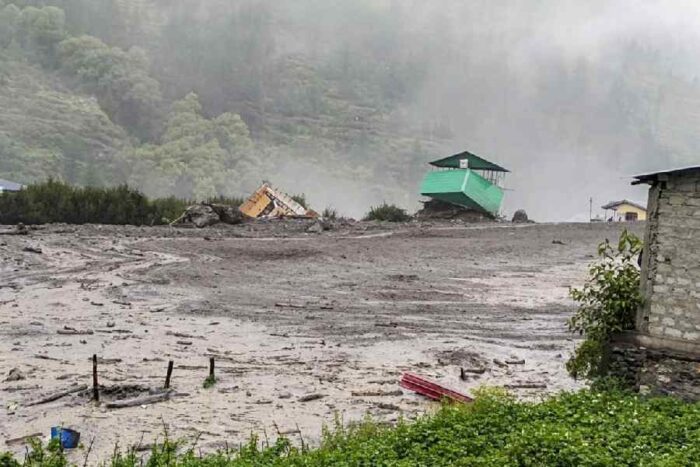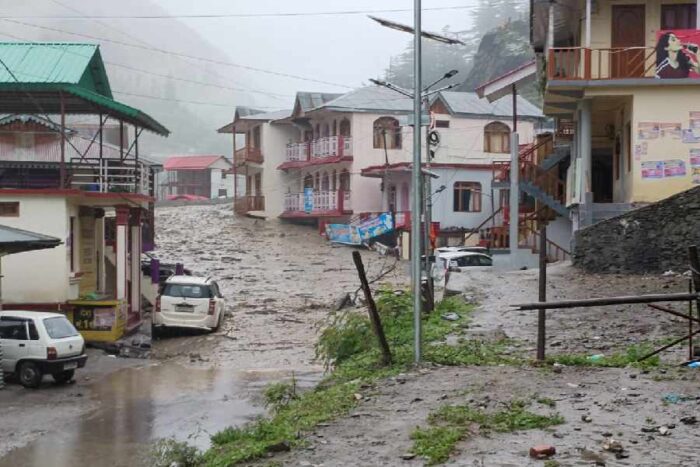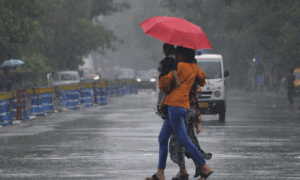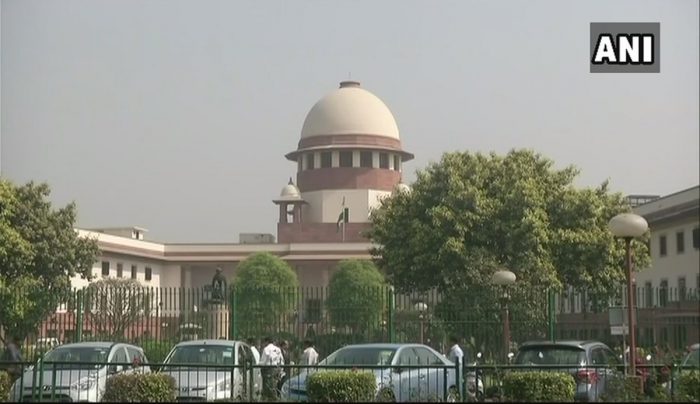
The unprecedented construction in the Himalayan region, including on riverbeds, rising population and rampant tourism are a few among the many reasons why the mountainous regions are enraged. The August 5 cloudburst and resulting flash floods and landslides that wrecked Dharali village near Gangotri is a fresh wake-up call for a state serially bearing the brunt of calamities—cloudbursts, flash floods, landslides, avalanches and land subsidence—for over two decades now.
Dharali, a silent village on the Gangotri Dham pilgrimage route, was completely devastated August 5th afternoon by a sudden surge of debris-laden water from the KheerGanga river. The flash flood, carrying massive amounts of debris from the mountains, reportedly wiped out the village’s market, houses, and hotels in a mere 34 seconds.
Besides Dharali, cloudbursts were also reported in Harshil and Sukki. In Harshil, nine out of eleven Army personnel who went missing after a cloudburst remain untraced. While authorities acknowledged the number of death toll could potentially rise due to the challenges faced in the rescue efforts since the debris are as high as 50ft. . Many of the houses and hotels are completely submerged under it. The SDRF, NDRF, ITBP, and Army teams are engaged in extensive rescue operations, having evacuated over 140 people so far.

The ancient Kalp Kedar Mahadev Temple, a significant site connected to the Panch Kedar tradition and a major centre of local faith, was also buried under the debris. Luckily, most villagers from Dharali, a village of about 230 families, were attending the ‘Har-Doodh Mela’ in Mukhwa that day. Otherwise, a much larger number of villagers could have been caught in the disaster.
The incident should serve as a wake-up call for all of us. These incidents are not isolated. They are part of a larger pattern of environmental destruction. It is time to rethink our approach to development. We need to prioritize sustainability and implement better planning for construction in sensitive areas. Governments must enforce stricter environmental regulations and ensure that construction projects do not destabilize ecosystems. Developers must integrate nature-based solutions into their plans, such as maintaining vegetation cover, building proper drainage systems and avoiding construction in flood-prone areas. At the same time, we as individuals must understand the importance of preserving the environment. We must be aware of the consequences of our actions and make choices that reduce our carbon footprint and protect our natural resources.

The greed of exploiting nature for personal gains is resulting in such horrific disasters. Ignoring environment for economic growth is ignoring the fact that the very resources we exploit are the ones that protect us from disasters. The environment is not a separate entity but the very foundation of our survival. If we take it for granted, rest assured, nature will take it’s revenge beyond our comprehension!


















